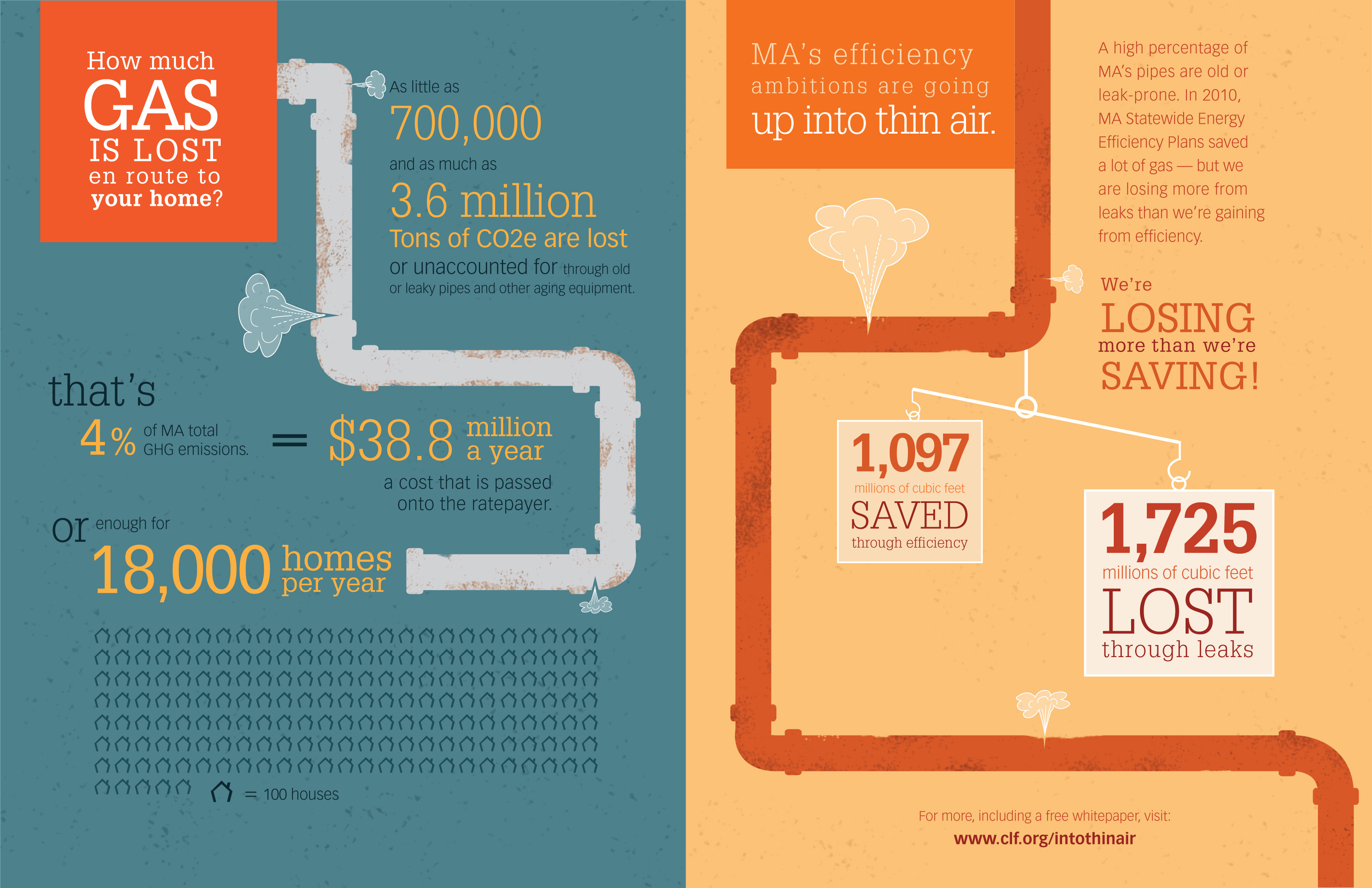Understanding The Costs Of Solar Installment: Is It Worth The Investment?
Understanding The Costs Of Solar Installment: Is It Worth The Investment?
Blog Article
Write-Up Created By-Martinussen Dunlap
When taking into consideration the expenses of solar installment, you might question the upfront investment called for and whether it lines up with the potential lasting advantages. Comprehending the ins and outs of these expenses and the various aspects influencing the total return can clarify the value recommendation of transitioning to solar energy. By evaluating commercial solar power installation and the projected cost savings with time, you can obtain insight right into whether the financial investment in solar installation holds guarantee for your economic future.
Preliminary Configuration Expenses
When thinking about the costs of solar installment, the initial arrangement expenditures play a critical role in your decision-making process. These in advance expenses include the cost of photovoltaic panels, inverters, placing devices, and installment labor.
The rate of photovoltaic panels can differ depending on the brand name, efficiency, and dimension you select. Inverters are necessary for converting the sunlight's power into usable power and come in different types such as string inverters, microinverters, and power optimizers, each with its very own expense ramifications.
Mounting devices, such as racks and rails, is required to safely install photovoltaic panels on your roof covering or residential property.
The installment labor cost covers the specialist installment of the planetary system, guaranteeing that every little thing is set up correctly and effectively. Keep in mind that while these first configuration expenditures may seem high, there are commonly rebates, tax motivations, and funding choices readily available to help offset the prices and make solar installment extra economical in the future.
Long-Term Financial Savings Evaluation
To comprehend the monetary benefits of solar setup with time, it's essential to carry out a thorough lasting savings analysis. While https://www.couriermail.com.au/lifestyle/smart/cost-of-living-pressures-put-evs-and-solar-panels-out-of-reach/news-story/b71588e727e25c8aae41ff0a724fbf5f of photovoltaic panels might appear daunting, the lasting savings can outweigh these prices dramatically. By harnessing the power of the sunlight to produce electricity for your home, you can potentially conserve thousands of dollars on your utility costs over the life-span of your solar system.
Among the key aspects to take into consideration in a long-lasting cost savings analysis is the reduction in your electrical energy costs. With photovoltaic panels, you can produce your electrical energy, minimizing and even removing your reliance on the grid. This can lead to significant financial savings, especially as energy prices continue to increase.
In addition, numerous governments use motivations such as tax obligation credits and rebates for mounting solar panels, further enhancing your long-lasting financial savings. By capitalizing on these rewards and maximizing your solar energy production, you can take pleasure in significant monetary benefits for many years to come.
Return on Investment Calculation
Taking into consideration the economic advantages of solar setup, it's time to analyze the Roi (ROI) estimation. Identifying the ROI entails comparing the total costs of installing a solar system with the financial benefits it produces over its life-span.
To compute ROI, separate the web make money from the system by the overall financial investment expense and increase by 100 to obtain a percent. The ROI formula is: (Internet Earnings/ Total Amount Financial Investment Cost) x 100.
For example, if the complete expense of setting up a planetary system is $20,000, and over its life-span, it creates cost savings and revenues amounting to $30,000, the web profit would certainly be $10,000. Splitting home solar system by the total investment cost of $20,000 offers a proportion of 0.5. Increasing this by 100 provides an ROI of 50%.
Typically, a higher ROI shows a more monetarily fulfilling investment. Elements like government incentives, upkeep costs, and energy price fluctuations can influence the ROI of solar setups. Recognizing the ROI helps in examining whether buying solar energy is worth it in the future.
Conclusion
To conclude, understanding the expenses of solar installation is essential for figuring out if it deserves the investment. By taking into consideration initial configuration expenses, carrying out a lasting cost savings evaluation, and calculating the return on investment, you can make an informed choice regarding the economic value of solar energy. With the potential for minimized energy costs and boosted energy independence, buying solar installment can be a smart option for both your pocketbook and the setting.
